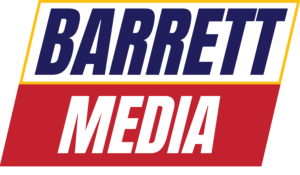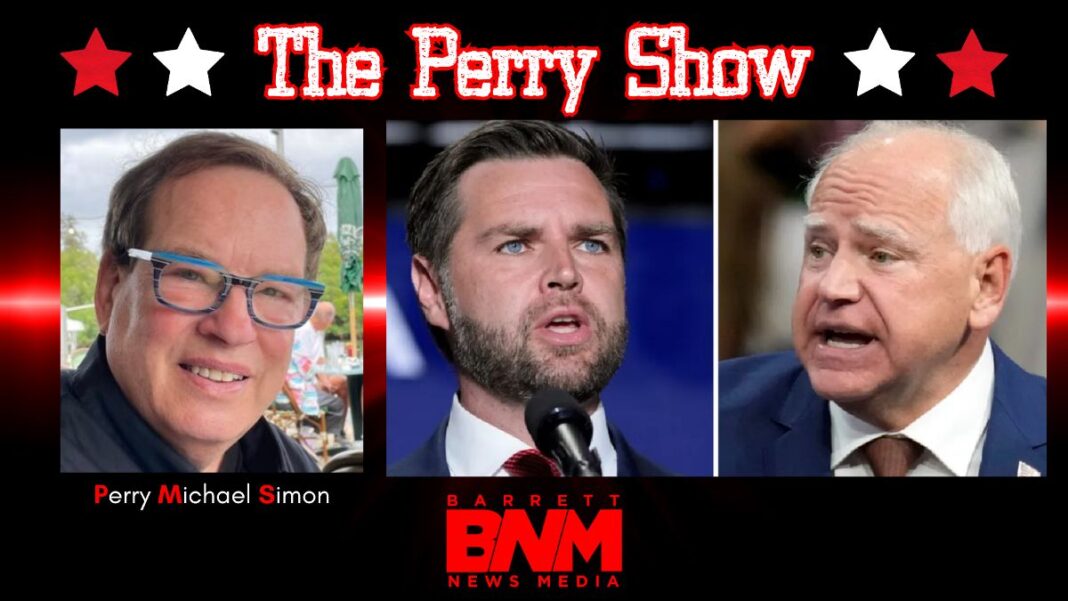“Wow. Look at that traffic,” said my industry colleague from the passenger seat. It was prime morning rush hour, and we were driving against the flow as I ferried this person home after a medical procedure last week.
“We call that ‘TSL.’ It’s beautiful,” was my response. TSL, or time spent listening, is a term radio programmers say as effortlessly as calling out our children by their first and middle names. It’s an artistic flow similar to listening to dialogue from the Goodfellows movie. You know what word I’m referring to. Nielsen updated this term years ago to AWTE or Average Weekly Time Exposed, but saying, “AWTE is down this month” doesn’t have the same rhythm and feel.
The post-propofol conversation in my car came alive after my TSL comment, and we wondered how many of those drivers inching along the freeway were listening to the radio right now. “More than we’re led to believe,” I said.
We were off to the races, sharing theories and remedies, when my colleague quoted Edison Research’s ‘Share of the Ear’ statistics and Pierre Bouvard’s latest Westwood One blog about AM/FM listening myths.
I knew the drugs had worn off. The numbers began rolling off the tongue for the next ten minutes, and with one exit to go, we solved the industry’s problems.
In-Car Listening All The Time
“Why don’t we program to in-car listening all day?” was one of my questions. We know a lot of radio listening is happening in the automobile. Should we strategize Middays and Evenings for in-car listening? What would you change if you knew the audience listened only when it was driving?
A few days later, Nielsen Audio revealed the plan to reduce radio stations receiving quarter-hour credit from five minutes to three minutes of listening within the quarter-hour. As Fred Jacobs wrote in his blog, it’s a “game-changer” because Nielsen indicates that AQH numbers will increase by 26% on average.
I Needed To Rock
The feedback, positive and negative, started airing through social media channels. Thursday morning, I was on my way to a breakfast meeting. The sun was shining, there was a feeling of Fall in the air, and my emotional need was for Classic Rock.
I turned on the local station, and Every Breath You Take by The Police had just started. That song may be the most played in my radio career. I played it as a Current (I was a very young DJ), and it has survived on nearly every station I programmed through the decades. So, my fatigue level should be off the charts, right?
My conscious awareness of the previous paragraph didn’t happen until the end of the song. I was reacting like a regular listener. The mood, the timing, and the music all worked together to give WNRQ 4:13 of TSL. Oh, but it didn’t stop there.
The next song was Sweet Emotion. If you ask me to pick one Aerosmith song, that’s the one. I can air guitar that one on my steering wheel like a kid standing in front of the mirror dreaming of being a rock star.
Wow. The radio station got me for two songs. Are you kidding me? The next tune was Running Down a Dream by Tom Petty. Immediately, I was transported back to Red Rocks Amphitheatre when the sun was setting after Jackson Browne opened for Petty. The Heartbreakers opened with the lights exploding to the raw guitar lick at the beginning of Running. I never turn off that song.
“On a stale horse…”
Now you got me for three songs. But there’s more. If there’s one Bon Jovi song I’ll sit through, it’s Wanted Dead or Alive. Yep, that was next. When the song was a Current, I thought he was singing, “On a stale horse I ride.” The lyric is steel horse, but I sing it my way 37 years later.
Wait, there couldn’t be one more TSL incidence. Nirvana Bloom. The only reason I didn’t last the whole song was because of the reality of in-car listening. I was in the parking lot and didn’t want to be late for my appointment.
Congratulations to 105-9 The Rock for grabbing my attention for five songs. I know there were others who drifted because those songs didn’t impact them like they moved me. That’s why we research our music to find coalition and not take one person’s reaction driving in the morning sun.
Changes In Latitudes…Not Attitudes
In the Nielsen Audio measurement world, the local classic rock station got nearly twenty minutes of continuous listening from me. Reducing the quarter-hour impact from five to three minutes changes the math. But it doesn’t change the emotional impact of what stations are playing and saying in the moment. Is it strong content aimed at our audience? Period.
When Arbitron introduced PPM in the late 2000s, they did a good job of hosting market meetings to prepare radio programmers and sellers for the change. I was nervous because my station was experiencing positive momentum in the diary method.
We learned as much as possible in the six months before the change to PPM. The new Arbitron reports weren’t changing how people listened. It changed how listening was measured. I wanted to make sure we understood those differences. Over the next six months, the result was a better product because we eliminated barriers and roadblocks. More importantly, we thought about each decision a little differently and became better jocks, promoters, music schedulers, etc.
The Nielsen Audio changes will bring criticism, and some will be warranted. However, unless you have a better measurement system, I suggest you learn how to improve the listening experience because of the three-minute rule. We can do what we should every day in every format: make it better for the audience.

Ron Harrell is a columnist for Barrett Media, and a contemporary consultant specializing in radio, streaming, and podcast optimization. He has worked in every role on the programming side during his career, becoming management and executive-focused in the post-Telecom Act era. Ron has held leadership roles for media groups such as Chancellor Media, ABC Radio, CBS Radio, Hubbard Broadcasting, WAY Media, and Hope Media Group.
Interested parties are invited to learn more about his company Harrell Media Group and reach out by email at Ron@HarrellMediaGroup.com.








